Toenail Regrowth: Timeline, Factors, and Care Guide
How long does it take for a toenail to grow back. What factors affect nail regrowth. How to care for a damaged nail. When to seek medical attention for nail problems.
Understanding Nail Regrowth: Timeframes and Factors
Nails play a crucial role in protecting the soft tissue beneath them and keeping our toe tips safe. When a nail is lost due to trauma, infection, or other causes, it’s natural to wonder about the regrowth process. Let’s explore the timeline and factors affecting nail regrowth.
Average Regrowth Times for Fingernails and Toenails
How long does it take for nails to grow back? The regrowth time varies between fingernails and toenails:
- Fingernails: Typically 4 to 6 months
- Toenails: Up to 18 months
Why do fingernails grow faster than toenails? While the exact reason isn’t fully understood, one theory suggests that fingers receive more blood flow due to their frequent use, potentially contributing to faster nail growth.

Factors Influencing Nail Regrowth Speed
Several factors can affect how quickly your nails grow back:
- Age: Nails tend to grow slower in older adults
- Climate: Growth is typically slower in colder environments
- Season: Nails grow faster during summer months
- Hand dominance: Nails on the dominant hand often grow faster
- Overall health: Poor health or malnutrition can slow nail growth
- Hormones: Pregnancy may accelerate nail growth
- Blood flow: Increased blood flow to an injured area can speed up regrowth
Nail Regrowth Timelines for Different Scenarios
The time it takes for a nail to grow back can vary depending on the cause of nail loss. Let’s examine some common scenarios:
Regrowth After Trauma
How long does it take for a nail to grow back after an injury? Toenail regrowth following trauma can be slower, typically taking 6 months to 2 years. This extended timeline is often due to the severity of the injury and the time needed for the nail bed to heal properly.
Nail Regrowth After Fungal Infection
Fungal infections can significantly impact nail health and regrowth. How long does it take for a nail to grow back after a fungal infection? It can take 12 to 18 months for the infected nail to grow out completely, even with proper treatment.

Regrowth Following Medical Removal
In cases of severe fungus, recurrent ingrown toenails, or extensive nail damage, medical removal may be necessary. After such procedures, full nail regrowth can take up to 18 months.
Nail Regrowth in Psoriasis Patients
For individuals with nail psoriasis, regrowth can be particularly challenging. How long does it take for nails affected by psoriasis to grow back? It can take 6 months or longer, even with appropriate treatment.
The Science Behind Nail Growth
Understanding the biology of nail growth can help explain the regrowth process. How do nails actually grow?
Nails grow from the matrix, which is the root of the nail located underneath the skin. New cells form in the matrix and push older cells upward. As these cells move up and push through the skin, they die and harden, forming the visible part of the nail.
Caring for Damaged Nails: Tips to Promote Healing
If you’ve lost a nail or are dealing with nail damage, proper care can help speed up the healing process and promote healthy regrowth. Here are some tips:
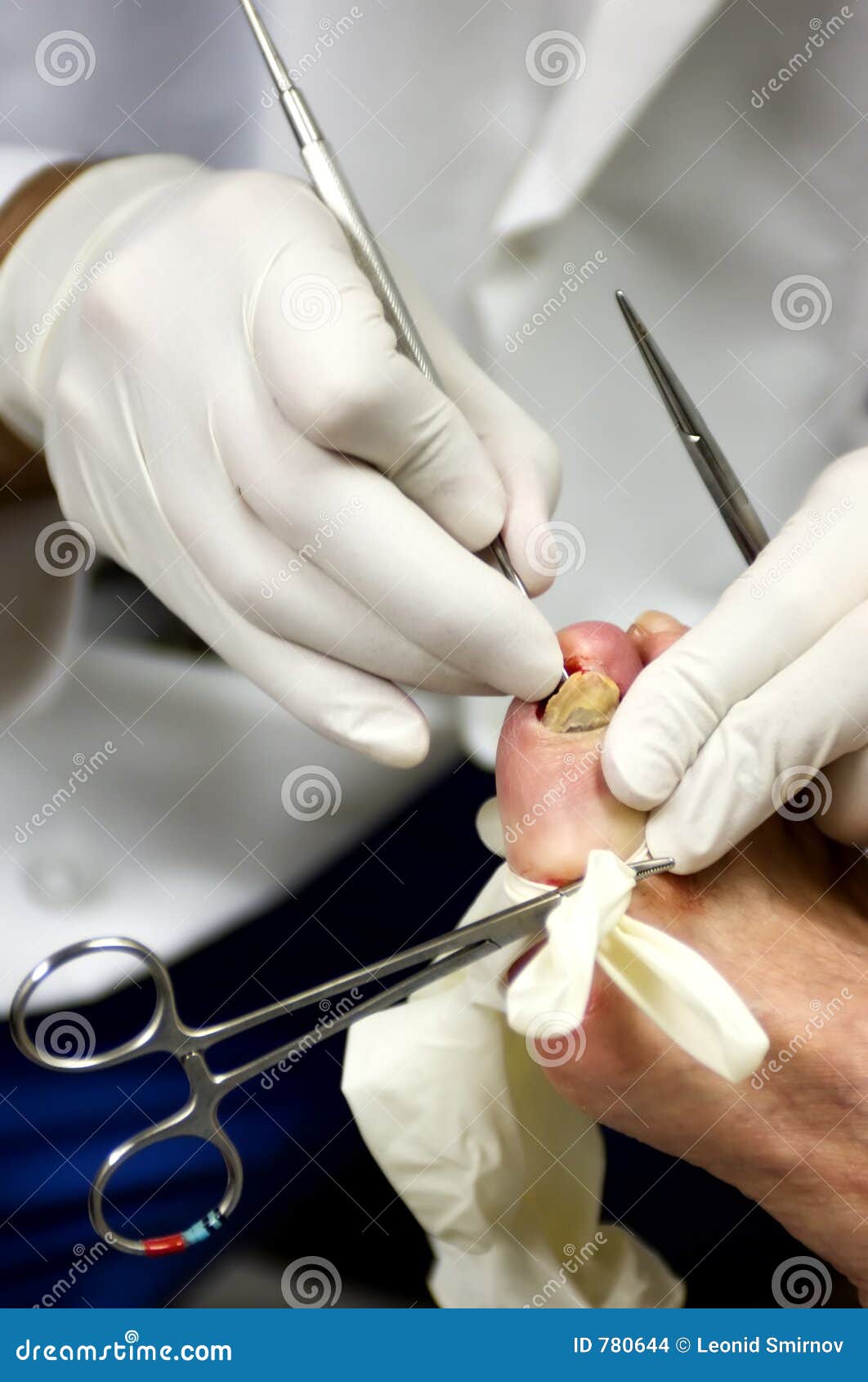
- Apply a cold compress for up to 20 minutes to reduce swelling and inflammation
- Keep the damaged nail elevated to reduce blood flow and decrease swelling
- Consider taking biotin supplements to promote cell growth and nail health
- Keep the wound clean, dry, and covered with a bandage, changing it daily
- Apply antibiotic ointment to prevent infection
- If possible, keep the damaged nail in place until it’s ready to fall off naturally
When to Seek Medical Attention for Nail Problems
While minor nail trauma often doesn’t require medical intervention, there are situations where professional help is necessary. When should you consult a doctor about nail issues?
- Persistent or hard-to-treat nail fungus
- Symptoms of nail psoriasis that don’t improve with over-the-counter treatments
- Signs of infection, such as redness, swelling, pus, or increasing pain
- Nail changes that persist or worsen over time
Preventing Nail Damage and Promoting Healthy Growth
While accidents happen, there are steps you can take to protect your nails and encourage healthy growth. What can you do to maintain nail health?

- Keep nails clean and dry to prevent fungal infections
- Trim nails regularly and file them to prevent snagging and breaking
- Wear properly fitting shoes to avoid trauma to toenails
- Use protective footwear in public areas like locker rooms to prevent fungal infections
- Maintain a balanced diet rich in biotin, protein, and vitamins to support nail health
- Stay hydrated to keep nails from becoming brittle
Understanding Nail Disorders and Their Impact on Regrowth
Various nail disorders can affect the regrowth process. Let’s explore some common conditions and their implications for nail health:
Onychomycosis (Fungal Nail Infection)
How does fungal infection impact nail regrowth? Onychomycosis can significantly slow down nail growth and cause the nail to become thick, discolored, and brittle. Treatment is essential for healthy regrowth.
Psoriatic Nails
What are the challenges of nail regrowth in psoriasis patients? Psoriasis can cause nail pitting, discoloration, and separation from the nail bed, complicating the regrowth process. Proper management of psoriasis is crucial for nail health.

Ingrown Toenails
How do ingrown toenails affect nail regrowth? Recurrent ingrown toenails can lead to repeated trauma and inflammation, potentially slowing down the regrowth process and requiring medical intervention.
The Role of Nutrition in Nail Health and Regrowth
Proper nutrition plays a vital role in nail health and regrowth. What nutrients are essential for healthy nails?
- Biotin: Supports keratin production, the protein that makes up nails
- Protein: Essential for nail structure and strength
- Iron: Helps prevent brittle nails
- Zinc: Supports nail growth and repair
- Vitamin C: Aids in collagen production, which supports nail strength
- Omega-3 fatty acids: Help maintain nail moisture and flexibility
Incorporating these nutrients into your diet can support faster and healthier nail regrowth.
Myths and Facts About Nail Growth and Regrowth
There are many misconceptions about nail growth and regrowth. Let’s debunk some common myths and highlight the facts:
Myth: Nails Need to “Breathe”
Fact: Nails don’t actually breathe. They receive nutrients and oxygen through the blood supply to the nail bed.

Myth: Applying Vitamin E Directly to Nails Speeds Up Growth
Fact: While vitamin E is beneficial for overall nail health, there’s no scientific evidence that applying it directly to nails speeds up growth.
Myth: Gelatin Supplements Significantly Boost Nail Growth
Fact: While gelatin contains proteins that make up nails, there’s limited evidence that gelatin supplements alone dramatically improve nail growth.
Myth: Nail Growth Stops as You Age
Fact: While nail growth may slow with age, it doesn’t stop completely. Proper care and nutrition can help maintain healthy nail growth throughout life.
Advanced Treatments for Nail Regrowth and Repair
In some cases, standard care may not be enough to promote healthy nail regrowth. What advanced treatments are available for nail repair and regeneration?
Laser Therapy
How does laser therapy help nail regrowth? Laser treatments can be effective in treating fungal nail infections, clearing the way for healthy nail regrowth. The laser targets the fungus without damaging the surrounding tissue.
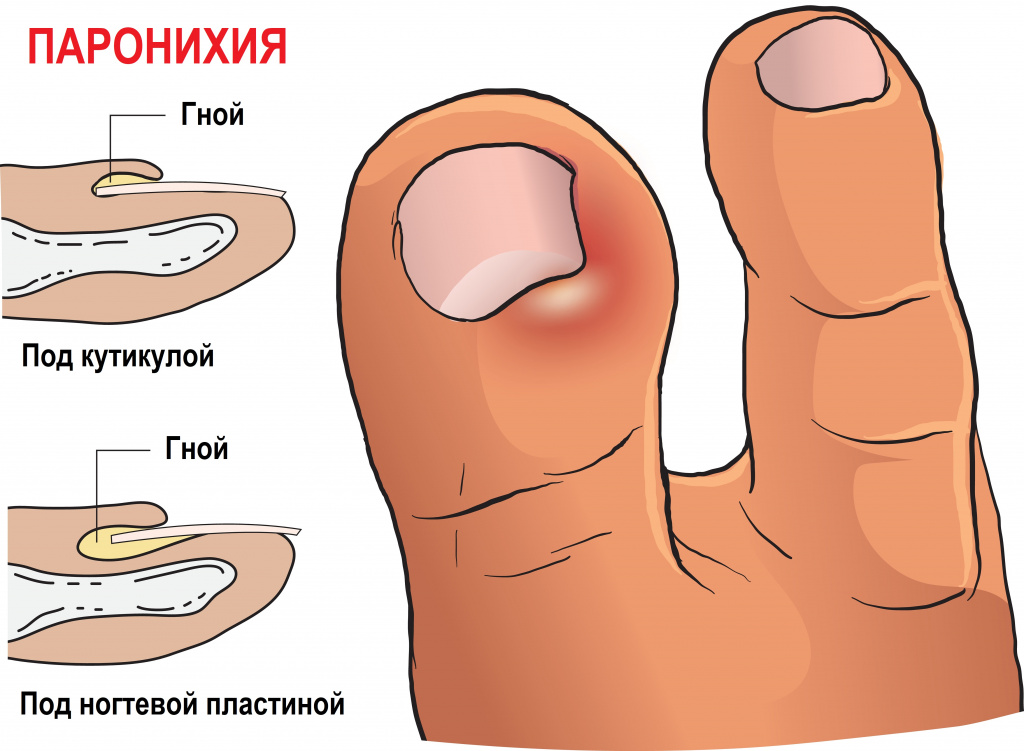
Platelet-Rich Plasma (PRP) Therapy
What is PRP therapy and how does it benefit nail health? PRP therapy involves injecting a concentration of a patient’s own platelets to accelerate healing. This treatment can potentially stimulate nail growth and improve nail bed health.
Nail Restoration Surgery
In severe cases of nail damage or chronic conditions, surgical intervention may be necessary. What does nail restoration surgery involve? Procedures can range from partial nail removal to complete nail bed reconstruction, depending on the extent of the damage.
The Psychological Impact of Nail Loss and Regrowth
The loss of a nail, particularly a visible one, can have psychological effects. How does nail loss and regrowth affect mental well-being?
- Self-esteem issues: Visible nail problems can lead to embarrassment and reduced self-confidence
- Anxiety: Concerns about nail regrowth and potential recurrence of nail problems
- Social impact: Some individuals may avoid social situations due to nail appearance
- Body image: Nail problems can affect overall body image and self-perception
It’s important to address these psychological aspects alongside the physical care of nail regrowth. Support from healthcare providers, loved ones, and potentially mental health professionals can be beneficial during the regrowth process.

Future Innovations in Nail Regrowth Technology
As medical science advances, new technologies for nail regrowth and repair are emerging. What innovative approaches are on the horizon?
Stem Cell Therapy
How might stem cells be used in nail regeneration? Researchers are exploring the use of stem cells to stimulate nail growth and repair damaged nail beds. This could potentially accelerate the regrowth process and improve outcomes for severe nail damage.
3D-Printed Nail Prosthetics
What role could 3D printing play in nail restoration? Advanced 3D printing technology may soon allow for the creation of custom nail prosthetics, providing a cosmetic solution while natural nails regrow.
Gene Therapy for Nail Disorders
How could gene therapy impact nail health? Future treatments may target specific genes associated with nail disorders, potentially preventing or treating conditions that affect nail growth and health.
As research in these areas continues, we may see significant advancements in nail regrowth treatments, offering hope for faster and more effective solutions to nail loss and damage.

How Long Does It Take for a Toenail to Grow Back?
Toenails may appear to have little purpose, but they play an important role. Made from keratin — the same protein that makes up your skin and hair — your nails protect the soft tissue beneath them and keep the tips of your toes safe.
Occasionally, due to trauma, infection, or other scenarios, you might lose a toenail (or fingernail). The good news is that nails grow back. It can take up to 6 months for fingernails to grow back and up to 18 months for toenails to regrow.
Here’s a look at the stages of nail regrowth, including next steps if you lose a nail.
Both toenails and fingernails grow slowly, with toenails taking longer to regrow.
On average, it can take up to 18 months for a toenail to completely regrow, and about 4 to 6 months for a fingernail to grow back.
The reason fingernails grow faster isn’t fully understood. But according to one theory, fingers receive more blood flow because they’re used more often, which likely contributes to faster fingernail growth.
Although it can take months for nails to grow back, the rate of regrowth can be faster or slower depending on the scenario, as shown in the following table.
| Scenario | Regrowth timeline (for fingernails and toenails) |
| after trauma | 6 months to 2 years |
| after fungus | 12 to 18 months |
| after medical removal | up to 18 months |
| after psoriasis | 6 months or longer |
After trauma
Stubbing your toe or dropping an item on your foot can damage your toenail. Depending on the severity of the injury, your toenail might turn black and fall off.
Toenail regrowth tends to be slower after an injury or trauma, taking anywhere from 6 months to 2 years.
After fungus
Toenails are susceptible to fungal infections because fungus thrives in warm, wet environments. Shoes and socks provide the perfect condition for fungus to grow.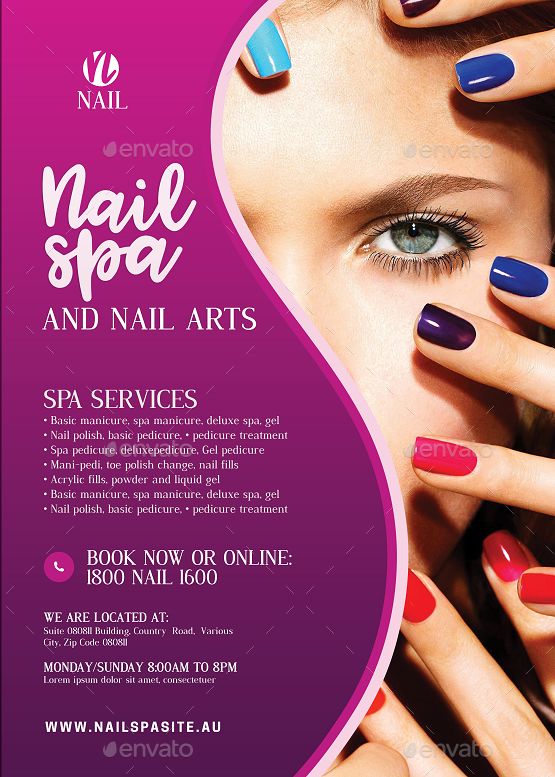
Toenail fungus is contagious, too, so it can transfer to your nail after visiting a nail salon or if you walk barefoot in a locker room.
Symptoms of toenail fungus include yellow or dark discoloration, brittleness, and thickening of nails. Over-the-counter (OTC) and prescription products can treat nail fungus, but it can take 12 to 18 months for the fungus to grow out.
After medical removal
Surgical removal of a nail might be necessary with severe fungus, recurrent ingrown toenails, or when a large section of a nail is diseased or damaged. After medical removal, it can take up to 18 months for a nail to fully regrow.
After psoriasis
Psoriasis is a condition that causes itchy, scaly patches on your skin — it can also affect your nails. Symptoms of nail psoriasis include:
- nail pits
- discoloration
- blood under your nails
- nail separation
Medications used to treat psoriasis (corticosteroids and biologics) and topical steroids might improve nail appearance.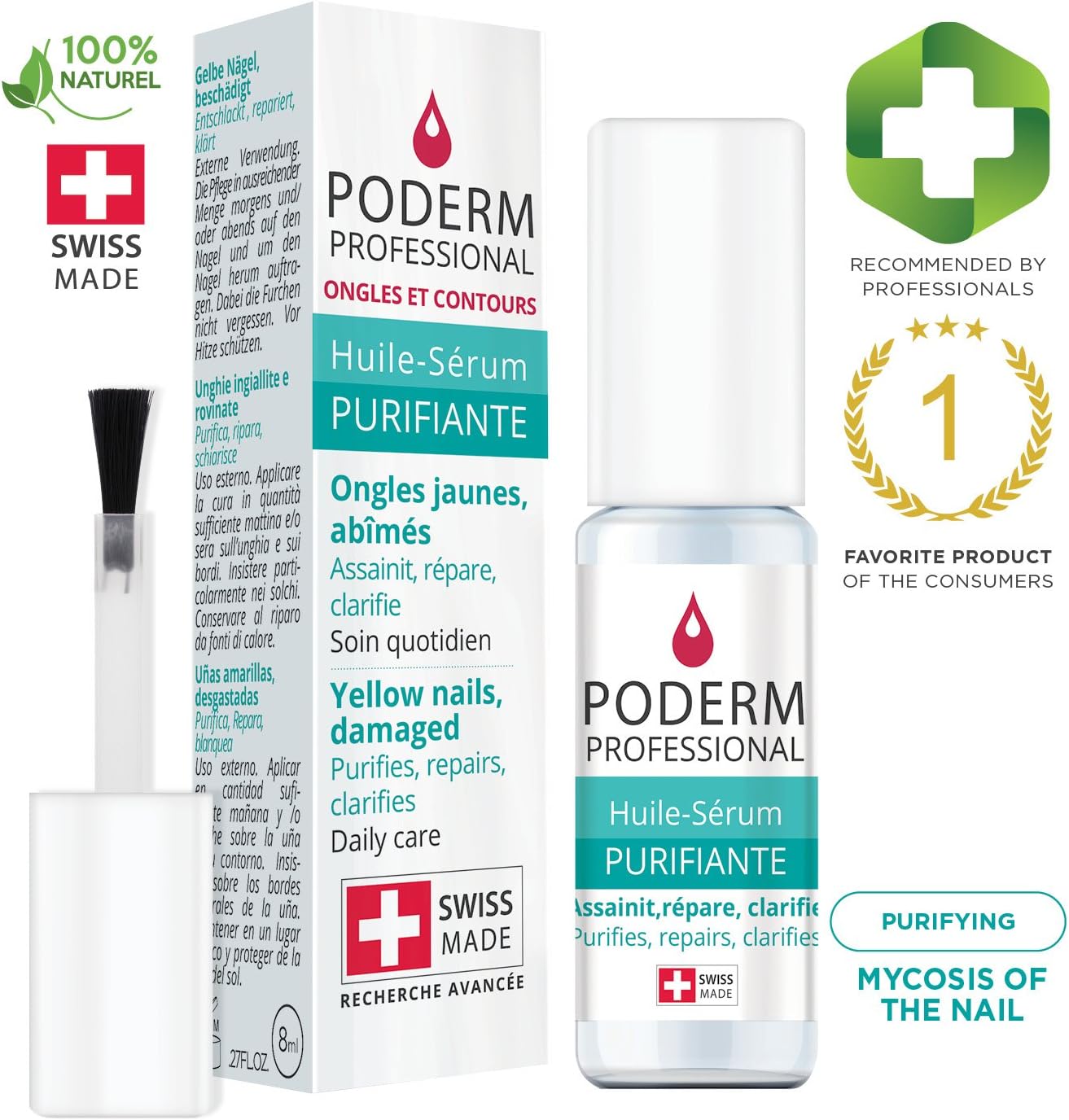 It can take 6 months or longer for your nail to grow out.
It can take 6 months or longer for your nail to grow out.
Other factors that affect regrowth
Other factors affect the speed of regrowth. For example, nails tend to grow slower in older adults and in colder climates. Nails grow faster in the summer.
In addition, nails on a dominant hand tend to grow faster than nails on a nondominant hand.
It’s also been noted that trauma or an injury increases the rate of regrowth, due to an increase of blood flow to the injured area.
Overall health also has an impact on growth. Nail growth can slow down if you’re sick or malnourished. And since hormones affect regrowth, your toenails and fingernails might grow quicker during pregnancy.
Nails grow from underneath your skin at the matrix, which is the root of your nail.
New cells form in the matrix. And as these new cells grow, older cells move up and push through your skin. The cells on the surface die and harden, turning into nails.
Here are tips for how to care for a damaged nail, and speed the healing process:
- Apply a cold compress for up to 20 minutes to reduce swelling and inflammation.
 Wrap a cloth over an ice pack before applying to your skin.
Wrap a cloth over an ice pack before applying to your skin. - Keep your nail elevated. This reduces blood flow to the injury, which can decrease swelling and bruising.
- Take biotin supplements. These supplements promote cell growth, and help your body metabolize protein-building amino acids, thus contributing to faster nail growth.
- Keep the wound dry and covered. The skin underneath your toenail is sensitive. Clean and dry your nail bed daily and cover it with a bandage. Change the bandage once a day.
- Apply antibiotic ointment to the damaged nail to prevent infection.
- If it hasn’t already, try to keep the nail in place until it is ready to fall off. This provides extra protection to the nail bed underneath.
Nail trauma doesn’t always require medical attention. OTC anti-inflammatory drugs can relieve mild pain, and the nail will eventually grow back.
You should call a doctor for hard-to-treat nail fungus, nail psoriasis, and other symptoms of an infection. Symptoms of infection include:
Symptoms of infection include:
- pain
- discoloration
- thickening of your nail
- oozing
- change in shape
Toenails and fingernails protect your skin, but you might lose a nail due to trauma, fungus, or other reasons.
Most nails grow back, although the rate of regrowth can vary from person to person. It might take several months or a year to grow back.
If you’ve recently lost a nail, keep it clean, dry, protected, and most importantly, be patient.
How Long Does It Take for a Toenail to Grow Back?
Toenails may appear to have little purpose, but they play an important role. Made from keratin — the same protein that makes up your skin and hair — your nails protect the soft tissue beneath them and keep the tips of your toes safe.
Occasionally, due to trauma, infection, or other scenarios, you might lose a toenail (or fingernail). The good news is that nails grow back. It can take up to 6 months for fingernails to grow back and up to 18 months for toenails to regrow.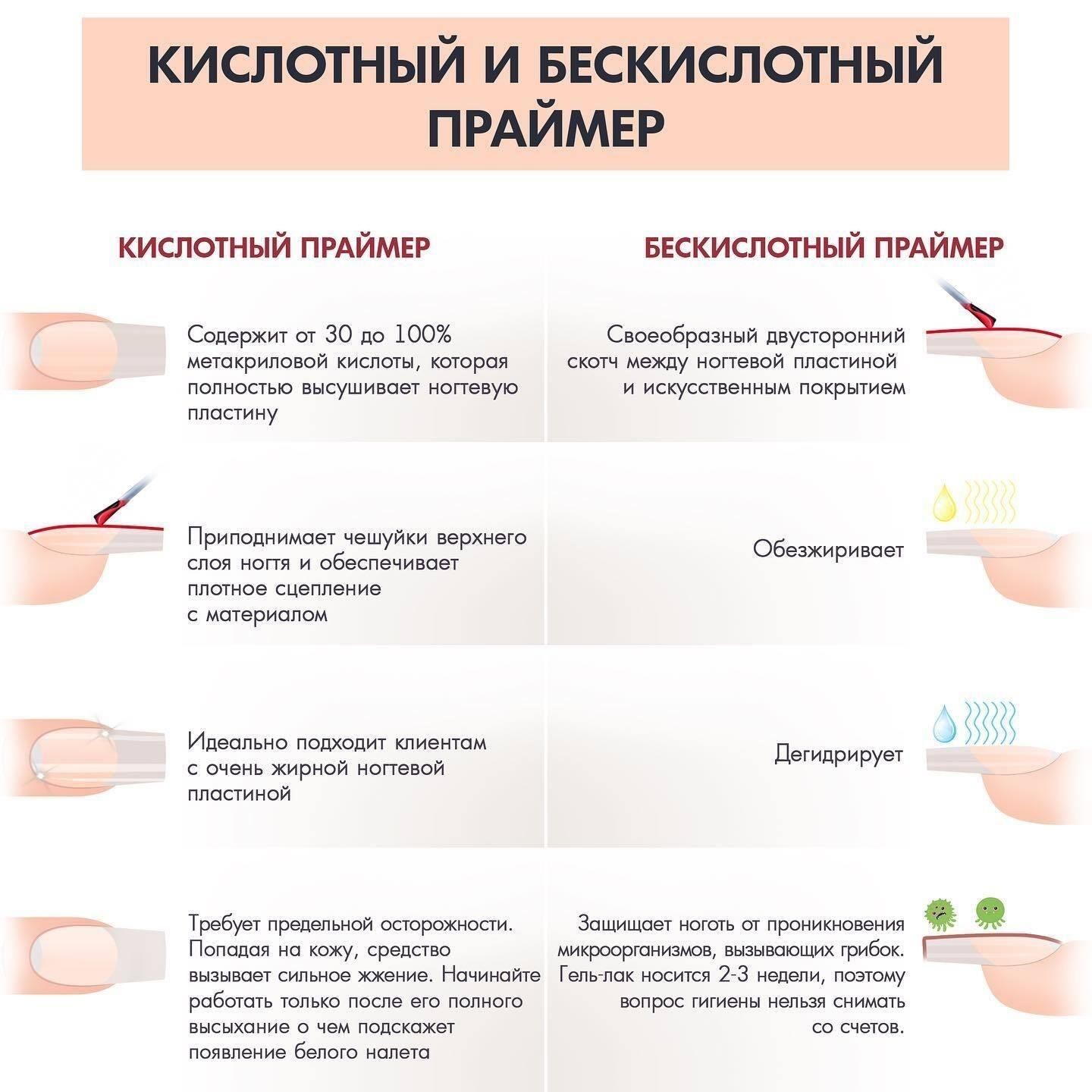
Here’s a look at the stages of nail regrowth, including next steps if you lose a nail.
Both toenails and fingernails grow slowly, with toenails taking longer to regrow.
On average, it can take up to 18 months for a toenail to completely regrow, and about 4 to 6 months for a fingernail to grow back.
The reason fingernails grow faster isn’t fully understood. But according to one theory, fingers receive more blood flow because they’re used more often, which likely contributes to faster fingernail growth.
Although it can take months for nails to grow back, the rate of regrowth can be faster or slower depending on the scenario, as shown in the following table.
| Scenario | Regrowth timeline (for fingernails and toenails) |
| after trauma | 6 months to 2 years |
| after fungus | 12 to 18 months |
| after medical removal | up to 18 months |
| after psoriasis | 6 months or longer |
After trauma
Stubbing your toe or dropping an item on your foot can damage your toenail. Depending on the severity of the injury, your toenail might turn black and fall off.
Depending on the severity of the injury, your toenail might turn black and fall off.
Toenail regrowth tends to be slower after an injury or trauma, taking anywhere from 6 months to 2 years.
After fungus
Toenails are susceptible to fungal infections because fungus thrives in warm, wet environments. Shoes and socks provide the perfect condition for fungus to grow.
Toenail fungus is contagious, too, so it can transfer to your nail after visiting a nail salon or if you walk barefoot in a locker room.
Symptoms of toenail fungus include yellow or dark discoloration, brittleness, and thickening of nails. Over-the-counter (OTC) and prescription products can treat nail fungus, but it can take 12 to 18 months for the fungus to grow out.
After medical removal
Surgical removal of a nail might be necessary with severe fungus, recurrent ingrown toenails, or when a large section of a nail is diseased or damaged. After medical removal, it can take up to 18 months for a nail to fully regrow.
After psoriasis
Psoriasis is a condition that causes itchy, scaly patches on your skin — it can also affect your nails. Symptoms of nail psoriasis include:
- nail pits
- discoloration
- blood under your nails
- nail separation
Medications used to treat psoriasis (corticosteroids and biologics) and topical steroids might improve nail appearance. It can take 6 months or longer for your nail to grow out.
Other factors that affect regrowth
Other factors affect the speed of regrowth. For example, nails tend to grow slower in older adults and in colder climates. Nails grow faster in the summer.
In addition, nails on a dominant hand tend to grow faster than nails on a nondominant hand.
It’s also been noted that trauma or an injury increases the rate of regrowth, due to an increase of blood flow to the injured area.
Overall health also has an impact on growth. Nail growth can slow down if you’re sick or malnourished.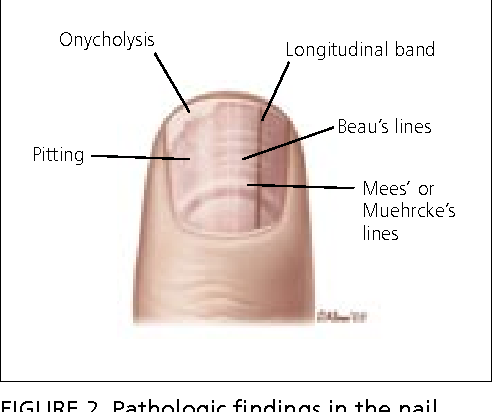 And since hormones affect regrowth, your toenails and fingernails might grow quicker during pregnancy.
And since hormones affect regrowth, your toenails and fingernails might grow quicker during pregnancy.
Nails grow from underneath your skin at the matrix, which is the root of your nail.
New cells form in the matrix. And as these new cells grow, older cells move up and push through your skin. The cells on the surface die and harden, turning into nails.
Here are tips for how to care for a damaged nail, and speed the healing process:
- Apply a cold compress for up to 20 minutes to reduce swelling and inflammation. Wrap a cloth over an ice pack before applying to your skin.
- Keep your nail elevated. This reduces blood flow to the injury, which can decrease swelling and bruising.
- Take biotin supplements. These supplements promote cell growth, and help your body metabolize protein-building amino acids, thus contributing to faster nail growth.
- Keep the wound dry and covered. The skin underneath your toenail is sensitive. Clean and dry your nail bed daily and cover it with a bandage.
 Change the bandage once a day.
Change the bandage once a day. - Apply antibiotic ointment to the damaged nail to prevent infection.
- If it hasn’t already, try to keep the nail in place until it is ready to fall off. This provides extra protection to the nail bed underneath.
Nail trauma doesn’t always require medical attention. OTC anti-inflammatory drugs can relieve mild pain, and the nail will eventually grow back.
You should call a doctor for hard-to-treat nail fungus, nail psoriasis, and other symptoms of an infection. Symptoms of infection include:
- pain
- discoloration
- thickening of your nail
- oozing
- change in shape
Toenails and fingernails protect your skin, but you might lose a nail due to trauma, fungus, or other reasons.
Most nails grow back, although the rate of regrowth can vary from person to person. It might take several months or a year to grow back.
If you’ve recently lost a nail, keep it clean, dry, protected, and most importantly, be patient.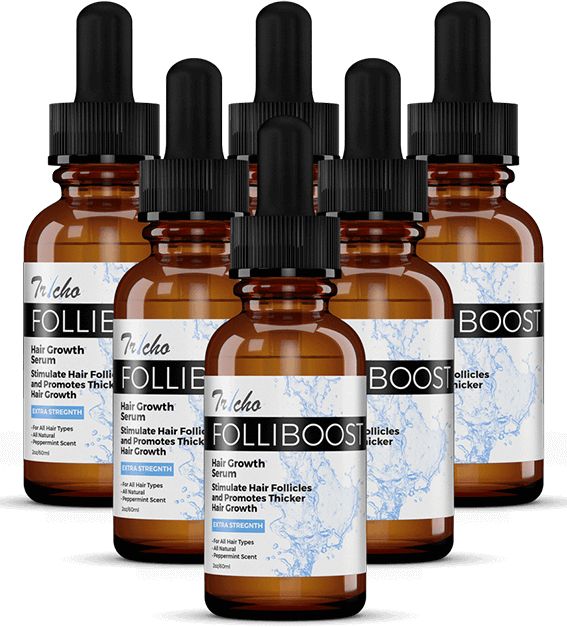
Nail Growth & Strengtheners: Overview and Effectiveness
log in
Welcome! Log in to your account
Your username
Your password
Have you forgotten your password?
password recovery
Retrieve your password
Your email address
The nail grows from the matrix – this is the nail root, and it hides under the cuticle. When new cells are formed in the matrix, they push out the old ones, as they grow back, they harden and cover the nail bed, being fed by its vessels.
Nails are similar in structure to hair, they have the same keratin, only harder. It contains more cysteine (an amino acid), which leads to stronger bonds between cells. In addition, the nails contain less fat and water. We moisturize and nourish hair to avoid dryness, dullness and brittleness. The same scenario applies to nails. But there are many factors that prevent the growth of quality nails. Read on if you are at risk.
What hinders nail growth
When we say “I can’t grow my nails,” we don’t mean that they have stopped growing altogether. They just break, delaminate, crack, form burrs, tear (with a soft plate) – as a result, you cannot reach the intended length. The reasons may be different.
Lack of microelements and vitamins
Deficiency in the body of letters of the Latin alphabet is a frequent reason for changing the quality of nails. Brittle nails are a sign of a lack of iron and zinc in the diet. In addition, these elements can be crowded out by excessive intake of vitamin A, high-glycemic foods, and sugar.
Silicon, calcium, vitamin B 7 and D are also important for nail growth. Like folic acid, it is responsible for healthy cell growth. Its deficiency can be recognized by discolored and brittle nails.
Health problems
Another factor affecting nail growth and quality. Changes in shape, color, relief and thickness can be signs of serious diseases. During illness, the body uses available nutrients to fight disease, creating a deficiency in other life support systems. In this scenario, the nails do not receive the necessary nutrition, slow down growth and change in appearance.
Changes in shape, color, relief and thickness can be signs of serious diseases. During illness, the body uses available nutrients to fight disease, creating a deficiency in other life support systems. In this scenario, the nails do not receive the necessary nutrition, slow down growth and change in appearance.
Growing nails can be difficult in people with kidney failure, diabetes, heart disease, and thyroid disease. A malfunction of the thyroid gland can lead to a change in the color of the nail bed and even separation of the nail from it. Grooves and white spots may indicate the presence of psoriasis on the nails (it happens) and heart failure. To really suspect a serious disease, one nail diagnosis is not enough. But the condition of the nails is one of the first alarming bells.
Fungal infection
Make sure your nails are healthy before growing them out. You can recognize onychomycosis by the changed color and relief of the nails and peeling. The infection deforms the plate and prevents it from growing back. Simple rules of hygiene and the transition to unedged manicure will help to avoid this. The presence of the cuticle will protect the new cells from bacterial or fungal infection. If the microorganisms still attacked, the doctor and the therapy prescribed by him in the form of ointments with corticosteroids and special coatings will help. In advanced clinics, phototherapy may be additionally prescribed.
The infection deforms the plate and prevents it from growing back. Simple rules of hygiene and the transition to unedged manicure will help to avoid this. The presence of the cuticle will protect the new cells from bacterial or fungal infection. If the microorganisms still attacked, the doctor and the therapy prescribed by him in the form of ointments with corticosteroids and special coatings will help. In advanced clinics, phototherapy may be additionally prescribed.
Genetics
Dry and brittle nails can be inherited. With such a predisposition, it is necessary to take action, without waiting for problems to appear – at least moisten the plate daily. The nail matrix forms the nail plate and determines its size and thickness. It is most noticeable on the thumb – it is a crescent at the base of the nail, or lunula. If the matrix is small, then the nails are naturally thin and weak. Will have to be strengthened.
Mechanical damage
When the nails are injured, their growth inevitably slows down.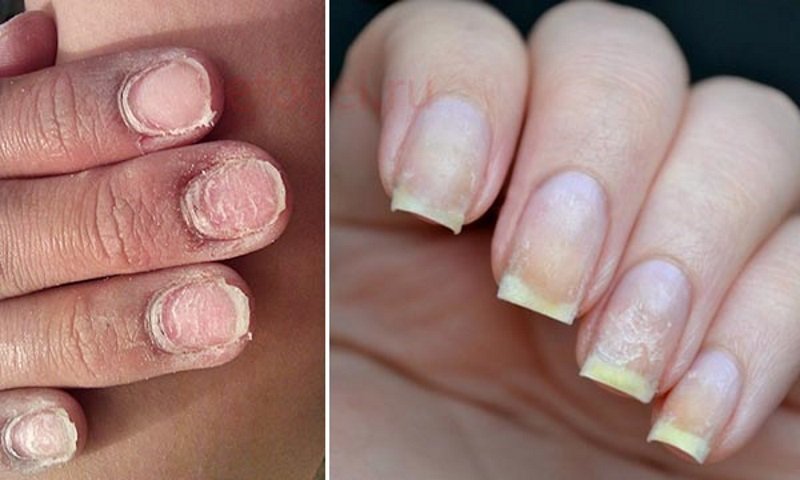 Often, damage to the nail plate is obtained when performing an aggressive manicure, whether it is the wrong technique for working with a cuticle spatula or a hardware manicure. Flaws will appear as local grooves and white spots.
Often, damage to the nail plate is obtained when performing an aggressive manicure, whether it is the wrong technique for working with a cuticle spatula or a hardware manicure. Flaws will appear as local grooves and white spots.
Some musical hobbies also provoke damage to the nails. When playing the piano, you tap the keys with your nails, this affects their health: longitudinal cracks appear, leading to brittleness. If the nails are soft, then most likely your hobby will lead to their delamination. Things are much tougher with guitar strings – playing a melody, you damage the plate. In the case of a six-string, a mediator imitating the shape of a nail will help, but keyboard lovers have nothing to replace their fingers with yet.
Professional passion for volleyball, basketball and other sports involving the ball is also a risk zone for nails.
Nail biting (onychophagia) also refers to mechanical damage to the nail plate. The reason is stress, boredom, neurosis and depression. It’s good to first find out what triggers these actions, and then use a bitter-tasting nail polish. Always have pocket cutters with you – better with them than with your teeth. By the way, biting your nails, you damage the front teeth, grinding them unevenly. Not to mention the germs that inevitably end up in the mouth.
It’s good to first find out what triggers these actions, and then use a bitter-tasting nail polish. Always have pocket cutters with you – better with them than with your teeth. By the way, biting your nails, you damage the front teeth, grinding them unevenly. Not to mention the germs that inevitably end up in the mouth.
Insufficient protection
Everyone knows about the existence of rubber gloves, which are called household gloves in everyday life – they protect the skin of the hands and help maintain a manicure. But few people think that such a home accessory is a shield for nails. Household chemicals are not harmless. It contains aggressive compounds that destroy keratin bonds in the nail. If you do a lot of housework, don’t test your nails for strength, put on cotton-lined rubber gloves (they don’t make your hands sweat).
By the way, a household accessory protects not only from chemicals, but also from moisture. Moisturizing is necessary for nails, but it does not involve frequent contact with water.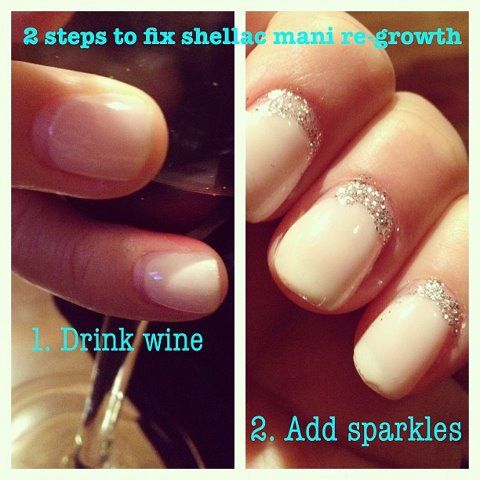 Nails have a porous structure that absorbs liquid. As a result, after prolonged contact with water, the plate becomes voluminous and soft, and after evaporation of moisture, it becomes dry and prone to brittleness.
Nails have a porous structure that absorbs liquid. As a result, after prolonged contact with water, the plate becomes voluminous and soft, and after evaporation of moisture, it becomes dry and prone to brittleness.
Frequent use of conventional and permanent coatings
Any manicure (traditional, gel or acrylic) affects the nails. Peeling, delamination, white spots, cracks, waves – this is an incomplete list of possible consequences. Expect trouble when removing persistent varnishes. Solvents that can remove them include acetone, alcohol, ethyl acetate or butyl acetate. These guys are unfriendly to the nails, they wash out the natural oils from the plate, which leads to its dryness and brittleness.
But the main disadvantage of resistant coatings is the need to cut them down, which leads to thinning of the nails. Such a plate cannot be restored, it can only be grown anew – this will take at least six months.
Another reason for the deterioration of the condition of nails is ignoring the base for colored varnish.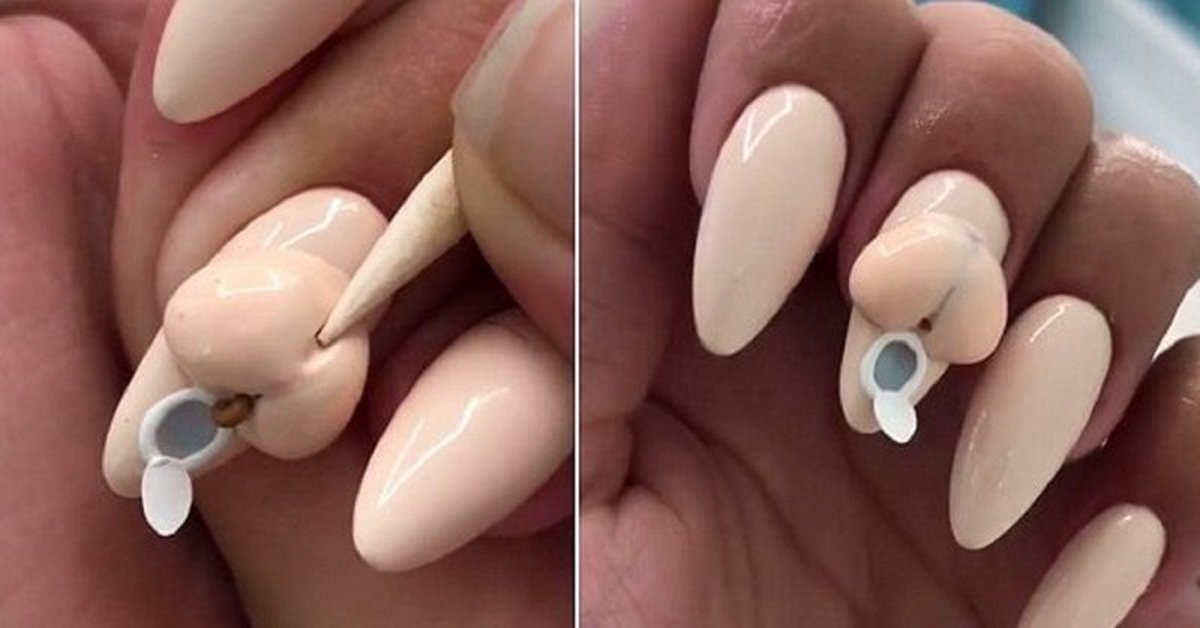 In the best case, pigment will get into the nail, from which the plate will turn yellow. At worst, harmful and even toxic components of varnish like toluene, dibutyl phthalate, isopropanol and ethyl acetate. Thinning of the nail, deformation of its relief and even exfoliation is their work.
In the best case, pigment will get into the nail, from which the plate will turn yellow. At worst, harmful and even toxic components of varnish like toluene, dibutyl phthalate, isopropanol and ethyl acetate. Thinning of the nail, deformation of its relief and even exfoliation is their work.
All this is a reason to give your nails a break from color coating even with a safe formula. A manicure break will eliminate the use of nail polish remover. This is a simple and effective way to strengthen your nails. By the way, today there is a steady nail trend: clients of salons are leaving gel polishes and returning to classic coatings. We think it’s a no-brainer.
How to accelerate the growth of nails
There are direct and indirect ways to grow a strong nail plate. The direct ones include external and internal amplifiers: dietary supplements, special coatings to accelerate growth and strengthen nails. Indirect activators imply accompanying care, acting on the principle of “do no harm”: the correct abrasiveness of the file and filing technique, safe nail polish, moisturizing and nourishing. Let’s go in order.
Let’s go in order.
Vitamins and dietary supplements
A balanced diet will help maintain the level of vitamins, minerals and fatty acids in the body (more on that later). But dietary supplements are able to make up for their deficiency. The standard complex for nails (aka hair) contains biotin, vitamins A, C and E, fish oil, calcium, zinc and selenium. Biotin (a B vitamin) has been scientifically proven to be a true nail stimulant. It increases their thickness by 25%, improves smoothness and reduces delamination. Nails are made up of keratin. Biotin supplements contain amino acids that help the body produce the required levels of this protein.
However, supplements will work only in case of a real lack of vitamins. If there is no deficiency, then taking pills will not affect the health of the nails. Therefore, it does not hurt to take tests and consult with a specialist.
Important! Unless you have enough protein in your diet, adding supplements is unlikely to help nail growth.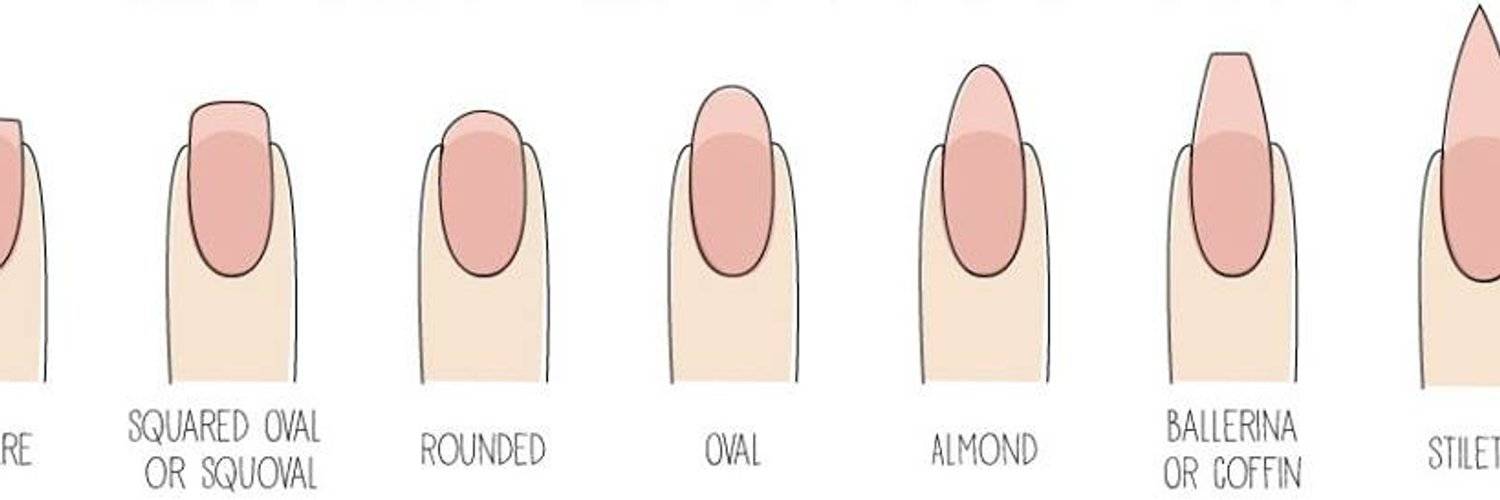
Proper nutrition
If you want strong long nails, lean on protein, greens, vegetables and berries. A reliable source of protein is lean turkey and chicken. In addition to protein, fish contains healthy fats and vitamins that strengthen the plate. Another nail supporter is gelatin, which works great against brittleness and delamination. You will meet him in aspic fish, jelly, marmalade.
Broccoli, spinach and squash contain the vitamins that nails need for good growth. For the same reason, you should fall in love with berries – most of them contain vitamin C, which is responsible for powerful cell regeneration.
Life hack! If you’re sick of the taste of salad, make a smoothie.
Safe Nail Polish
Any nail polish is a chemical, and there can be no organic options here. But it is possible to minimize the damage from coverage. Today, many responsible manufacturers offer nail polish formulas that are free of toxic and nail-damaging chemicals. These bottles are recognizable by the word “free” and the number in front of it from 3 to 13. The gold standard for harmless colored polishes is 7 free. The inscription means that the product is made without the use of formaldehyde, formaldehyde resins, xylene, toluene, triphenyl phosphate, butyl phthalates, tosylamide. The wider the list, the safer the coverage. Look for formulas that contain nourishing and conditioning ingredients, including vitamin E.
These bottles are recognizable by the word “free” and the number in front of it from 3 to 13. The gold standard for harmless colored polishes is 7 free. The inscription means that the product is made without the use of formaldehyde, formaldehyde resins, xylene, toluene, triphenyl phosphate, butyl phthalates, tosylamide. The wider the list, the safer the coverage. Look for formulas that contain nourishing and conditioning ingredients, including vitamin E.
Pink Up Gel Nail Lacquer Tone 31Pink Up Eco Nail Lacquer Tone 04 with Natural IngredientsCatrice Stronger Nails Strengthening Nail Lacquer Tone 10 Pink Warrior
VIEW MORE
The choice of nail polish remover is reduced to the absence of acetone in the composition . This is the minimum requirement. Ideally, get a soy-based nail polish remover. It will cope with the task of the solvent, at the same time strengthen and moisturize the nails. Sometimes vitamins are added to the composition of such products.
Sally Hansen Nail Polish Remover without Acetone
VIEW MORE
Scissors (or wire cutters) and file
Cut and file your nails properly.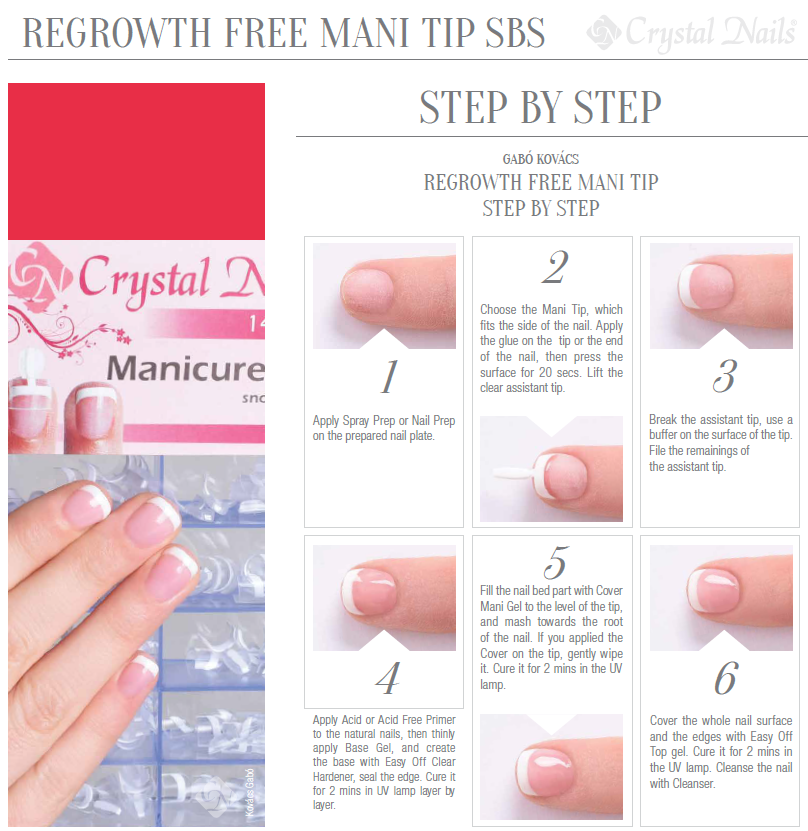 Many neglect this point of home care, but in vain. Incorrect shortening of the nails can cause them to break. First, do not remove the free edge under the root. This reduces the function of the nail as a defense against infections and disfigures its growing form. Secondly, do not be zealous with a file on the sides and do not get carried away with grinding, otherwise a thin growing nail will most likely twist into a longitudinal tube.
Many neglect this point of home care, but in vain. Incorrect shortening of the nails can cause them to break. First, do not remove the free edge under the root. This reduces the function of the nail as a defense against infections and disfigures its growing form. Secondly, do not be zealous with a file on the sides and do not get carried away with grinding, otherwise a thin growing nail will most likely twist into a longitudinal tube.
Thirdly, trim your nails after showering when they are softened to reduce the chance of splitting and cracking. But it is better to wield a file dry.
Orly Buffing Trio-Fine nail file 280 u, 400 u, 600 u Pink Up Accessories Fun nail file 240 grit assorted Moritz Flare glass nail file 9 cm
VIEW MORE
Scissors or nipper task – remove the length, the function of the file is to give shape, but more often it is also used to slightly shorten the nail plate instead of scissors. File your nails in one direction, not back and forth, although the latter is more convenient.
The shape of the plate also matters. There are more chances to grow in almond-shaped and oval nails – and the side ridges do not overgrow, and the nails do not exfoliate. Hard no to metal files, granular metal is the worst evil for nails.
A separate question is the choice of abrasiveness of the file, it should be 180–240 grit. The thinner the nails, the larger the number. If fragility and fragility go off scale, then take ceramic or glass options, their abrasiveness is akin to velvet, and they work as delicately as possible.
Moritz Scissors with Safety Tips Moritz Lunas Pedicure Nippers 15 mm
VIEW MORE
Strengthening Coat
Strong nails are more likely to grow long, than the fragile and weak. But formaldehyde is often added to the composition of hardeners for home use. At first, the nail really gets stronger quickly. But over time, fats are washed out of the keratin layers, the plate loses its elasticity, becomes brittle, and there is even a risk of its detachment. This is the sin of budget brands for home use. Professional manufacturers with a name have long been looking towards harmless formulas that strengthen nails due to the content of vitamins E and B and amino acids. Such products can also be in the form of serums and oils, which need to be updated daily (before bedtime).
This is the sin of budget brands for home use. Professional manufacturers with a name have long been looking towards harmless formulas that strengthen nails due to the content of vitamins E and B and amino acids. Such products can also be in the form of serums and oils, which need to be updated daily (before bedtime).
Pink Up Beauty Shine And Resistant Nail Top Coat Essence Gel Look Firming Gel Effect Sally Hansen Nailcare Double Duty Base For Strengthening Nails
VIEW MORE
IBX Salon System
This is a whole ritual of deep and long-term strengthening of the nail plate. The point is that an unbreakable chain of monomers penetrates into the nail and fills all the destroyed or damaged areas. In other words, it restores the plate, creating a very strong framework.
True, one procedure is not enough. You need a course of four to six sessions (every two weeks for two to three months). Two products are alternately applied to the nails, warming each layer with an LED lamp. Improving the quality of nails you will notice immediately, while the plate has a natural look.
Improving the quality of nails you will notice immediately, while the plate has a natural look.
But first you must be sure that the damage to the nails is not due to infection. Otherwise, the procedure will give a temporary effect, but you still have to treat the problem.
Salt baths
Sea water is an important ingredient in nail repair. If you live far from the coast, you can make your own sea salt solution. Buy sea salt (and no other), dilute a couple of tablespoons in a small amount of warm water – and the mini-sea is ready. Three minutes of “bathing” is enough to strengthen and enhance the growth of the plate. Why not more? A nail bath is a double-edged sword. Short sessions with sea salt will not do harm. But in general, water is more of an enemy than a friend. Nails absorb it well, even more so than skin. When water constantly moves in and out of the nail, it puts a huge strain on the delicate onychocytes (nail cells) and can cause the plate to weaken, soften, and break. The cuticle dehydrates, lifts up and separates, forming burrs. As a result, its protective function is lost, and it “opens the barrier” for infections.
The cuticle dehydrates, lifts up and separates, forming burrs. As a result, its protective function is lost, and it “opens the barrier” for infections.
Bath Salt EO Laboratorie HydratingBath Salt Cafe Mimi Fizz Bath Salt Skin Spa EffervescentBelkosmex Bath Salt Sea Energy (Relaxing)
VIEW MORE
Oils
900 04
Essential for nail growth and strengthening. Use a ready-made composition (available from almost any nail manufacturer), it contains extracts from several oils and other useful ingredients. Or use a pharmacy range of cosmetic oils: jojoba, peach, burdock, castor, grape seed – they strengthen the nail plate and promote its healthy growth.
Eveline Nail & Cuticle Oil with Avocado Oil & Vitamin ComplexPink Up Beauty Tri-Phasic Oil Nail & Cuticle OilCatrice 99% Natural Nail Oil
VIEW MORE
You can’t go wrong with extra virgin olive oil or coconut oil. They have a high content of lipids, which are present in the composition of the nails. You can make a mask: generously apply oil to the upper phalanges, put on plastic gloves and warm mittens. Wash off with soap and water after 15 minutes. In order for the oil to be well absorbed and work, it is not enough just to drop it on the nail, you need a massage.
You can make a mask: generously apply oil to the upper phalanges, put on plastic gloves and warm mittens. Wash off with soap and water after 15 minutes. In order for the oil to be well absorbed and work, it is not enough just to drop it on the nail, you need a massage.
Massage
The nail itself does not need such relaxation, but the rush of blood will not interfere with the cuticle and ridges around it. With poor circulation in the fingers, the nails grow more slowly. During circulation, the blood, along with oxygen, carries nutrients, which helps to enhance cell regeneration and accelerate the growth of the plate. Use cuticle oil heated to a comfortable temperature for a light massage. The procedure will take ten minutes – one minute per nail. It’s important to do this all the time.
Moisturize
Use moisturizer daily as needed to supply the cuticle and nail plate with “wet” ingredients and seal the surface of the nail to prevent evaporation.
Humidify the air, it should normally contain 30-50% moisture. It seems like a small thing, but dry air draws water out of the body. Nails, too, will not stand aside, and there troubles in the form of brittleness and fragility will catch up.
Esfolio Coenzyme Q10 Hand CreamHand and Nail Cream Lp Care MelonNail and Cuticle Cream Pink Up Beauty Nail & Cuticle Cream with Coconut Oil
VIEW MORE
Curious! Some, in an attempt to grow nails, take a desperate step – they smear their hands with a special moisturizing and strengthening cream for horse hooves, which, by the way, are very similar in structure to nails. The concentration of ingredients in such products, as expected, is horse. We do not call for anything, we just inform.
Base polish
It has two functions: firstly, to protect the nails from the penetration of harmful nail polish ingredients and, secondly, to extend the durability of the coating. This is the simplest set of options. However, modern varnish bases are multifunctional. Among them there are therapeutic coatings that strengthen and moisturize the plate.
This is the simplest set of options. However, modern varnish bases are multifunctional. Among them there are therapeutic coatings that strengthen and moisturize the plate.
Strengthening bases fill cracks, penetrate inside the nail, creating strong bonds there, which makes the plate stronger.
Moisturizing varnishes work only on the surface: they nourish and protect the plate.
Pink Up Beauty Sos Hydra Nude Orly Nail Armor Sally Hansen Nailcare Hard As Nails Vitamin Strength Serum with proteins
VIEW MORE
Interesting facts about nails
- It takes five to six months for the nail plate to grow completely. In childhood, it takes much less time – an average of eight weeks.
- Nails grow faster:
during pregnancy;
– in summer;
– on the arms than on the legs. - The thumbnail grows the slowest of all.
- Tropical climate accelerates nail growth. It’s simple: the sun enhances the production of vitamin D in the body (it is necessary for nails for rapid growth), and moist air prevents the plate from drying out.

Author: Natalia Berkova
Photo: Shutterstock
See also
5 Manicures That Look Beautiful When Growing Out: Perfect for Vacation
If you’re going on vacation, look for special manicure options that can be worn longer than others. They grow back less noticeably and look presentable even after a few weeks of wearing – which means they deprive you of the need to look for a nail master in an unfamiliar place.
Tags:
Manicure Ideas
summer manicure
Holiday manicure
design for short nails
design for long nails
Social networks
You have been waiting for a vacation for a long time and want it to be unforgettable. Even with regards to the smallest details! We can guarantee you that you will definitely be satisfied with your nails in any week of rest – if you choose these designs, specially created for long-term wear.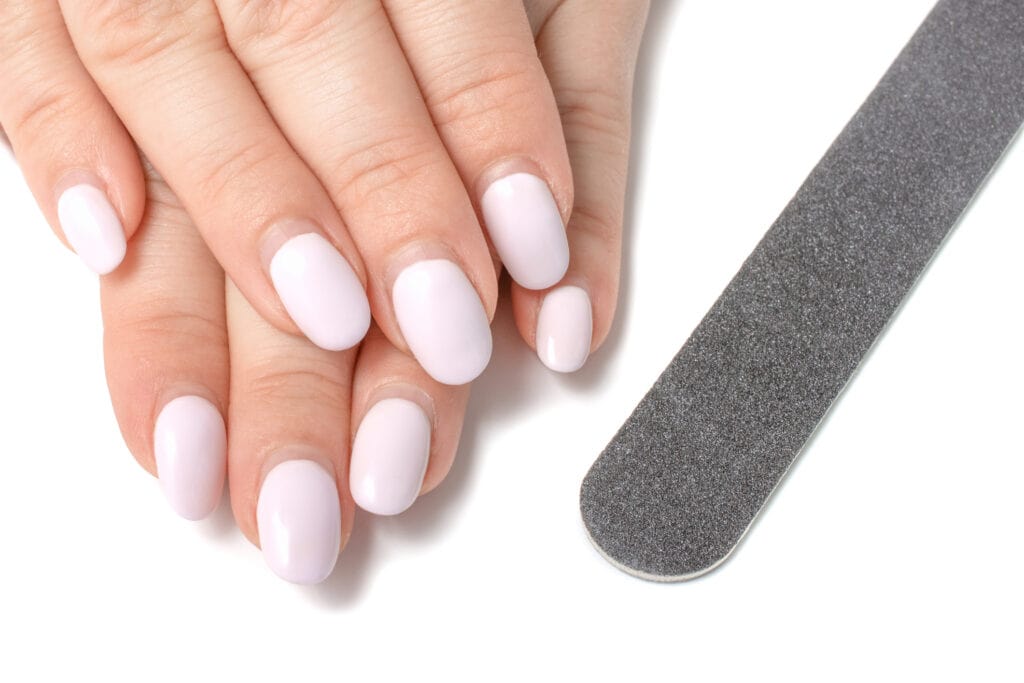
Nude manicure
If you choose a shade that almost merges with your natural nail tone, you can not think about a fresh manicure for a long time and walk with well-groomed hands. Just avoid designs that start at the base of the nail. It is better to focus on the tips – in the photo example you can see both the first and second options.
ADVERTISING – CONTINUED BELOW
Naked manicure
Naked manicure involves the use of a transparent coating – with a glossy or matte texture, as you prefer. So when the nails begin to grow, it will be as imperceptible as possible.
And to make the nails look more interesting, the picture can be supplemented with any design elements – from artistic painting to glitter and jacket.
Cunning geometry
Complex geometric paintings, which some girls love so much, do not in any way contribute to the long-term wearing of manicure. But this design option suits our requirements! Parallel selection of the hole and the tip of the nail looks beautiful in the first days after the manicure.

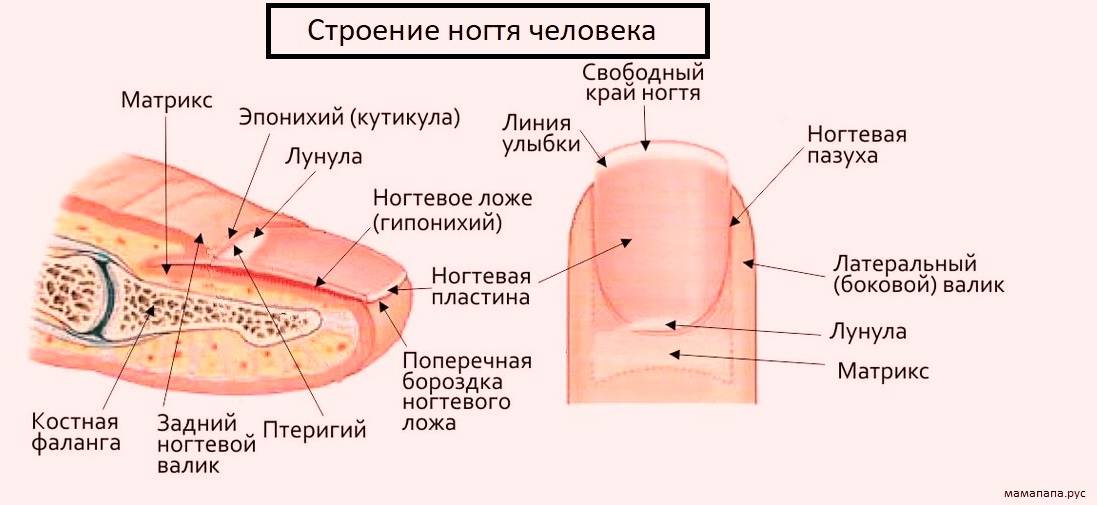 Wrap a cloth over an ice pack before applying to your skin.
Wrap a cloth over an ice pack before applying to your skin. Change the bandage once a day.
Change the bandage once a day.